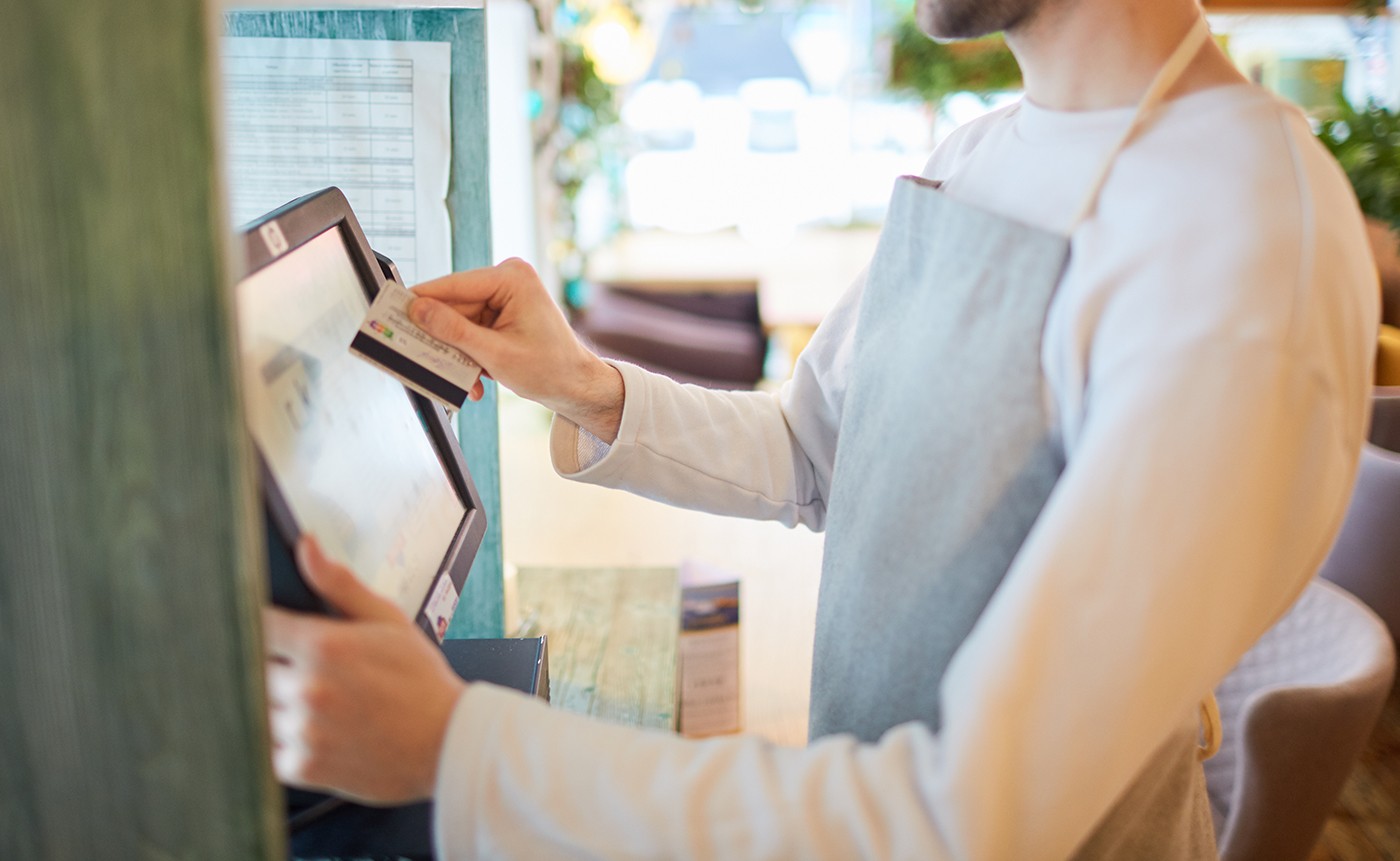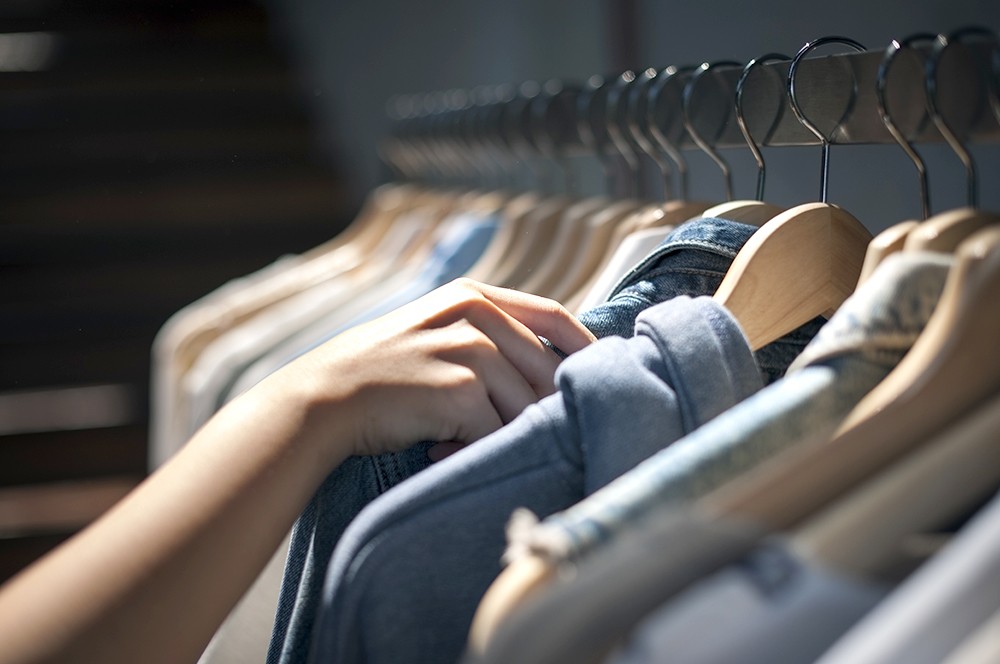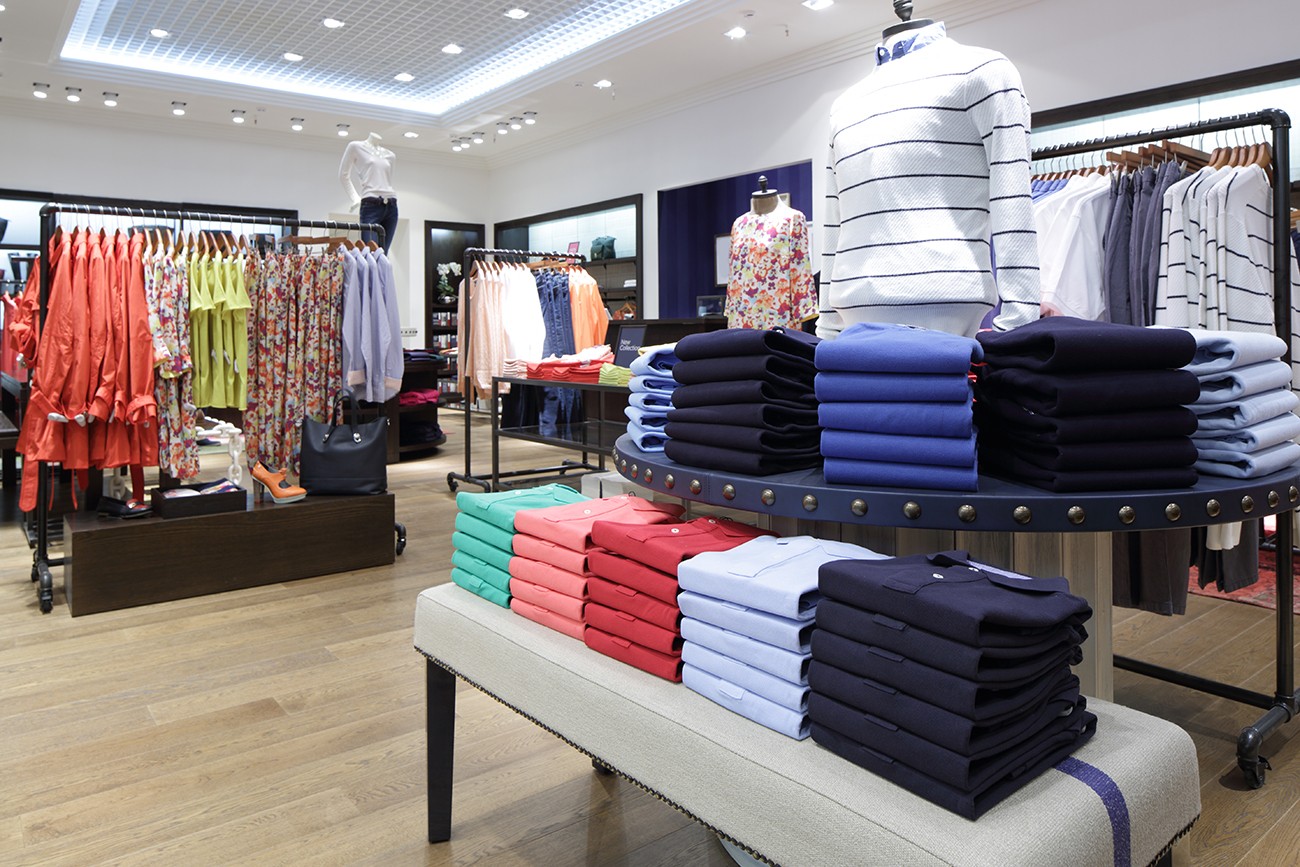
20 quick tips to improve retail security
With shoplifting expected to increase in the wake of Covid-19 and stores recently subject to further threats as part of widespread protests in the US, retailers are focussing their attention on improved security in-store.
So, let’s get back to basics with 20 quick tips to improve retail security…
Know your loss
To understand where your security is lacking you need to know exactly what items are being targeted and how they’re being taken. That means you should have a comprehensive grasp on your inventory levels to identify the volume and type of items stolen.
Know your times
Certain times of the year may be more prone to shoplifting, along with specific times of the day. Know when shoplifting is likely to occur so you can address it with extra staff or additional security measures.
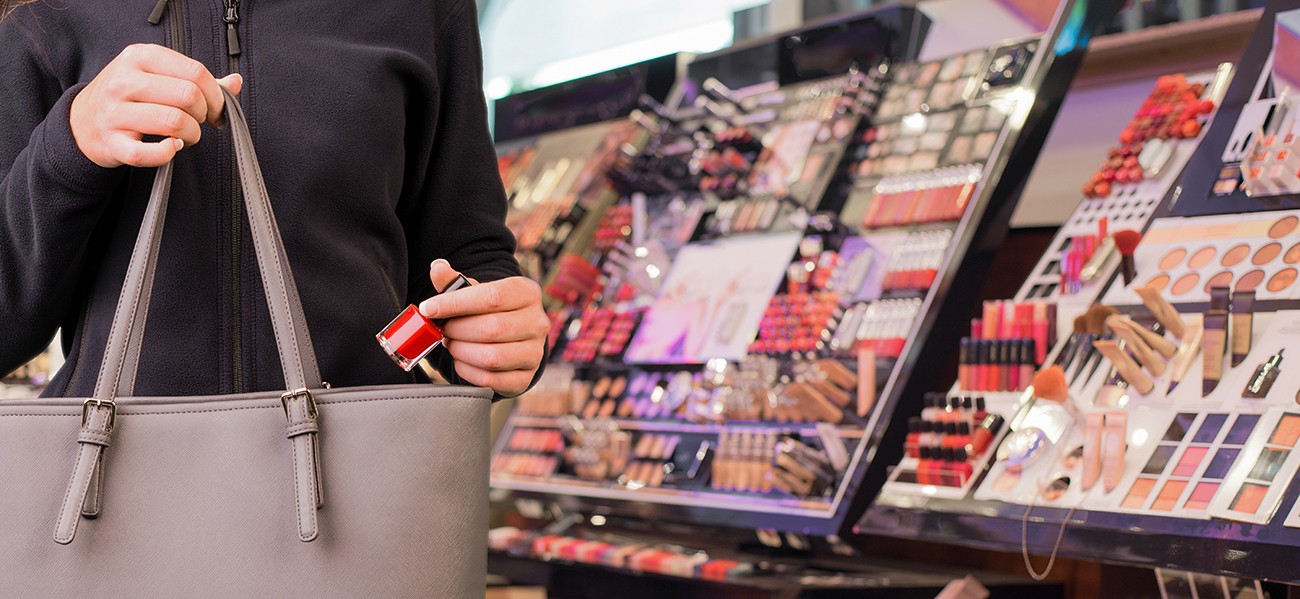
Avoid profiling
You cannot pick a shoplifter based on race, gender or socio-economics. Statistics consistently indicate shoplifters come from all walks of life.
Understand suspicious behaviour
While appearance may not indicate shoplifting, suspicious behaviour can. Watch for behavioural indicators like loitering, failing to make eye contact, carrying excess baggage and bulky clothing.
Build good relationships
Good relationships with both your staff and employees can serve to minimise both shoplifting and employee theft.
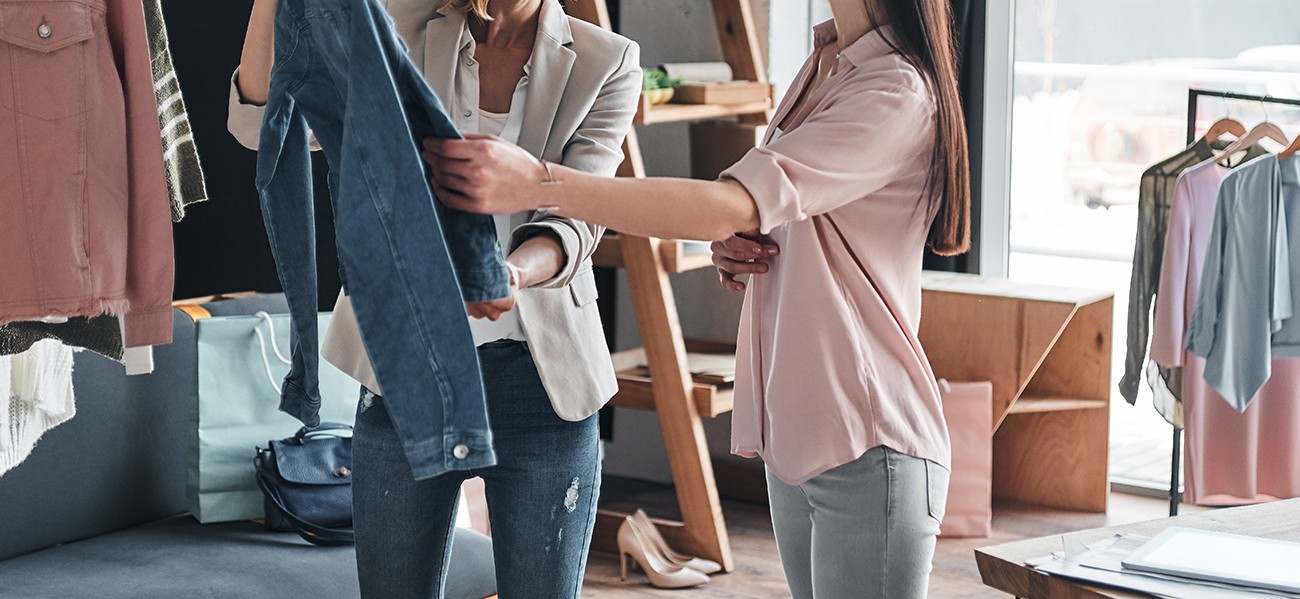
Sufficient staff
Ensuring your retail outlet has sufficient staff helps protect against a range of criminal behaviour including shoplifting. Adequate staff numbers ensure team members aren’t too busy to watch and assist customers.
Meet and greet
The simple act of meeting and greeting customers significantly reduces the threat of retail crime. Why? Because patrons are immediately made aware that staff are paying attention.
Employ multiple strategies
There’s no one single solution to shop security. Instead it involves multiple layers that span both product-based protection and storewide surveillance.
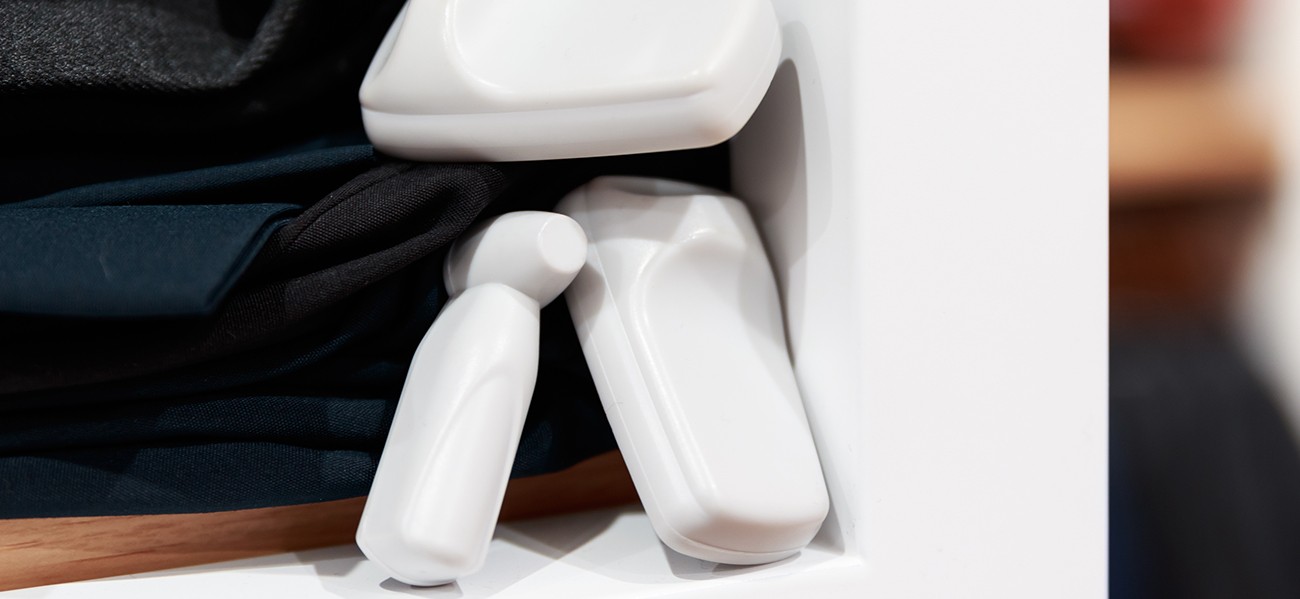
Invest in EAS
Electronic Article Surveillance (EAS) involves security tags or labels that protect items at a product-based level. It’s widely regarded as one of the best ways to prevent the theft of individual items.
Employ CCTV
While EAS protects individual products, CCTV can monitor the whole store or specific areas like the checkout. Its obvious presence helps reduce the potential for crime and can also identify perpetrators later.
Position your checkout near the entrance
Checkouts near the entrance of a store help staff keep a watchful eye on who’s going in and coming out.

Keep things neat
A tidy retail outlet makes It harder for shoplifters to conceal items and also makes it more apparent when items go missing.
Run a tight ship
Between good security strategies and well-considered store policies, a well-run retail outlet is much harder to steal from. That’s because a well-run operation considers the worst-case scenario when planning for the best outcome.
Watch the dressing room
Out of sight and private, the dressing room is a prime area for retail theft. Ensure it is in view of the checkout, or a staff member is in attendance. Alternatively, Electronic Article Surveillance tools like ApparelGuard can also assist.
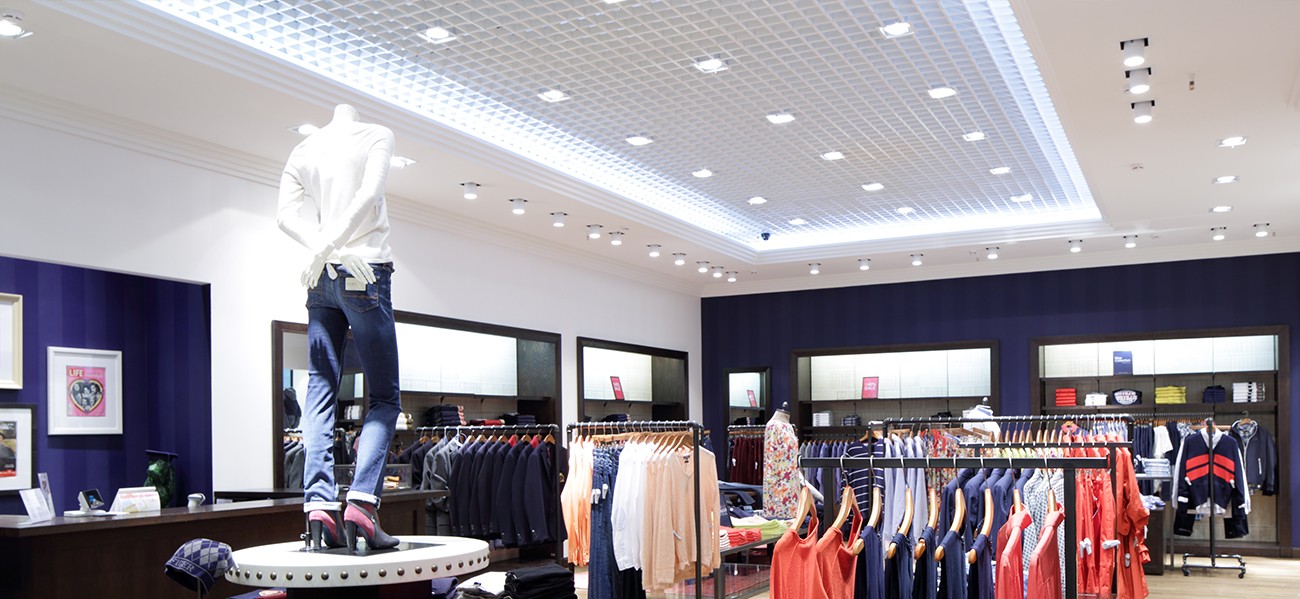
Invest in good lighting
Good lighting not only makes a retail outlet feel safe and welcoming, it also eliminates dark areas where criminal activity can occur.
Watch refunds and returns
Fraudulent refunds and returns are a major area of loss for many retailers. That’s why the best policy is to always insist on a receipt for any refund or return transaction.
Observe the register
The register is a prime target for all sorts of crime, including employee theft, fraudulent returns, and even the snatch and grab. Ensure the register is monitored by a senior staff member and CCTV, and staff have individual log-ins to track what happens on their watch.
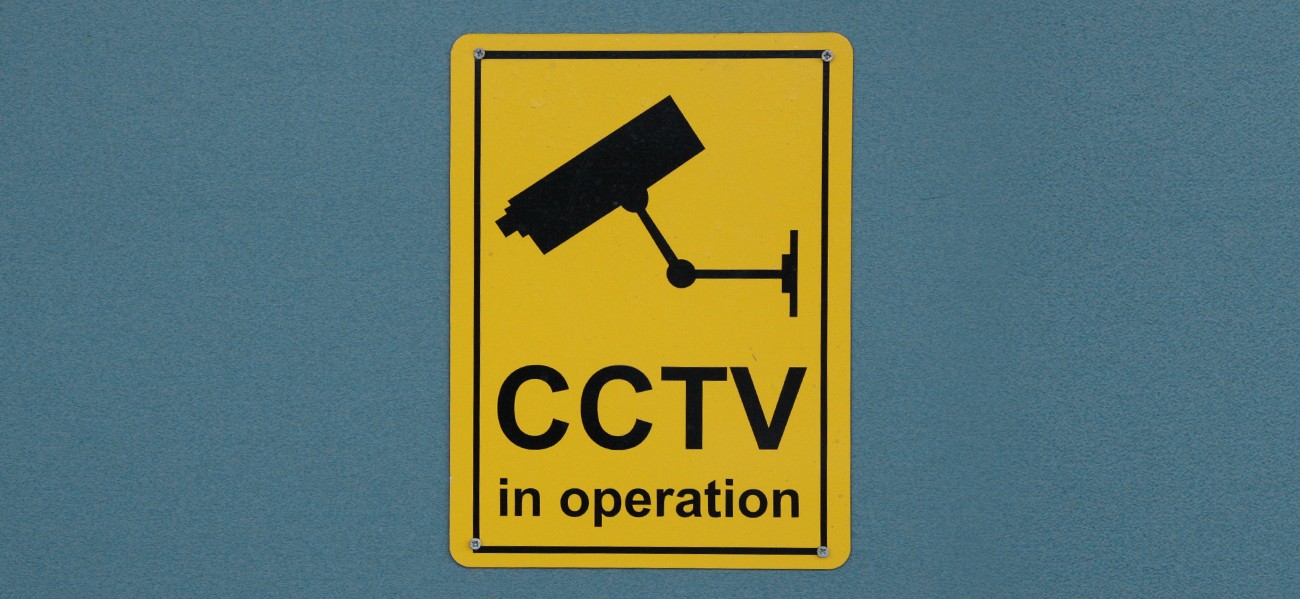
Put up signage
In some cases, simple signage is enough to deter people from committing a crime. This signage might indicate CCTV is being used, or warn that shoplifters will be prosecuted.
Choose staff wisely
Your staff can be your best asset or a retail outlet’s greatest weakness. Ensure you hire wisely when it comes to attitude, previous experience, and personal references.
Review and revise
Retail security is a long game, with a playing field that frequently shifts courtesy of criminals who constantly think of new ways to target a store. The key takeaway here is that security needs to be revised and reviewed on a regular basis, because what worked five years ago or even last year may no longer suffice.
For more advice on Electronic Article Surveillance, see our resources for selecting the right security tag here, and the different types of labels available here.

